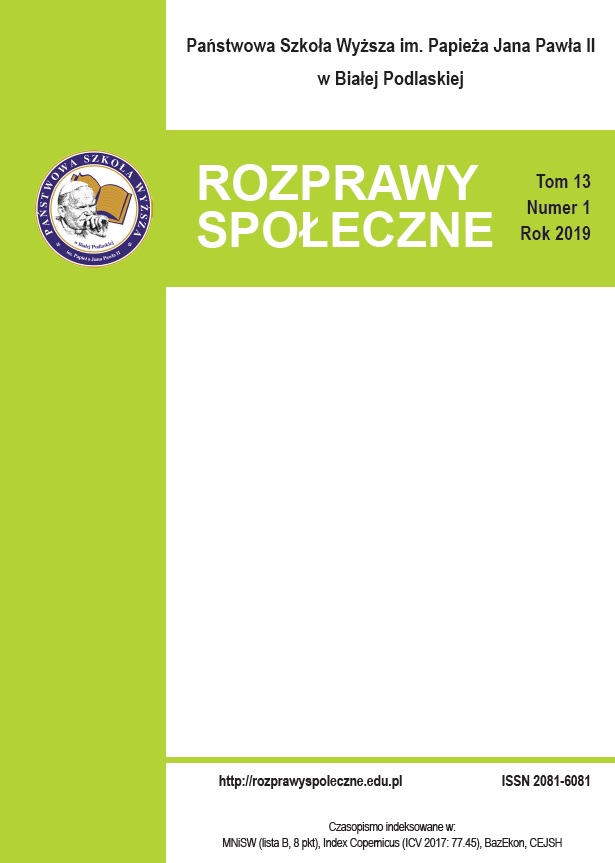Stosowanie leków przeciwbólowych w różnych grupach wiekowych z uwzględnieniem relacji międzypokoleniowych
Using analgesics in different age groups, including intergenerational relations
Author(s): Marcin Weiner, Małgorzata Tokarska-Rodak, Anna BidaSubject(s): Health and medicine and law
Published by: Państwowa Szkoła Wyższa im. Papieża Jana Pawła II w Białej Podlaskiej
Keywords: analgetic; NSAID; OTC; intrageneration differences; self-treatment;
Summary/Abstract: Objectives. In spite of the restrictions associated with the sale of medicinal products over the past 8 years, the over-the-counter drug sales have nearly doubled. This is caused by a broad access to pharmaceuticals, abandonment of professional medical advice, and too many long queues to the general practitioner. The aim of the study was to investigate the dependence in the use of over-the-counter analgesics among three age groups: students (generation I), their parents (generation II) and grandparents (generation III). Material and methods. The research group consisted of 203 persons (150 women and 53 men) between 19 and 92 years of age (mean age: 48 years, SD: 22.18). The study used a diagnostic questionnaire based on the author’s questionnaire which asked the respondents about their health status and preferences in taking medicines. Results. The most commonly prescribed active ingredient for pain relievers in OTC drugs is ibuprofen (116 people - 65.91%). Then comes paracetamolum, which is chosen by 95 persons (53.98%). Acidum acetylsalicylicum attracts 58 people (32.95%). Less common are such substances as metamizol sodium, diclofenac and naproxenum. About 176 out of 203 respondents (86.70%) declare taking OTC painkillers “on their own”, 61 of them (85.92%) in generation I, 64 (90.14%) in generation II and 51 (83.61%) in generation III. Conclusions. The frequency of taking OTC painkillers in the members of particular generations of the family depends on their age. Older persons (15%) more often take analgesics several times a day. Only (1.4%) of the young do it. On the other hand, a considerably higher percentage of young people (75.7%) use such medications sporadically.
Journal: Rozprawy Społeczne
- Issue Year: 13/2019
- Issue No: 1
- Page Range: 72-79
- Page Count: 8
- Language: Polish

